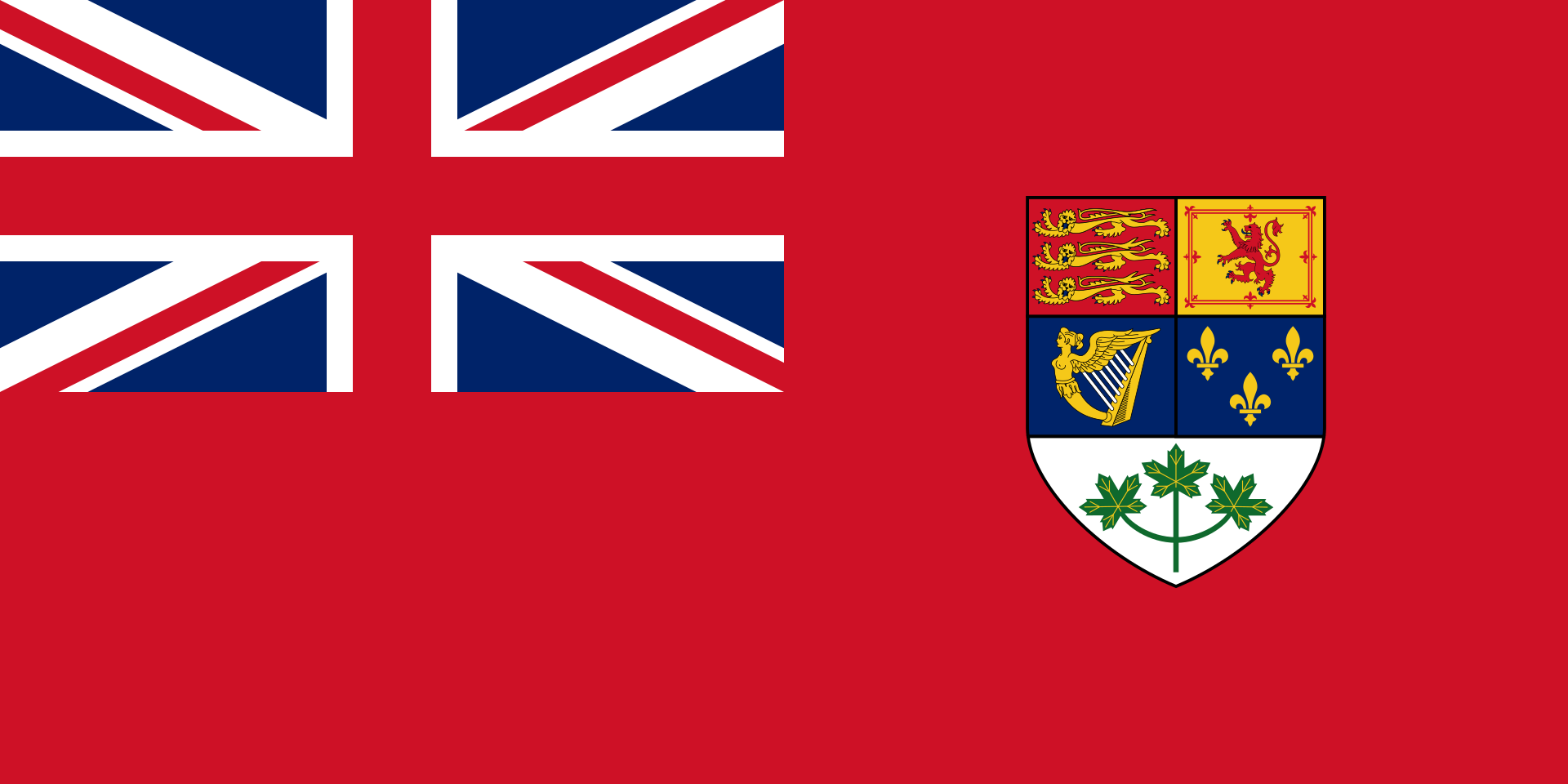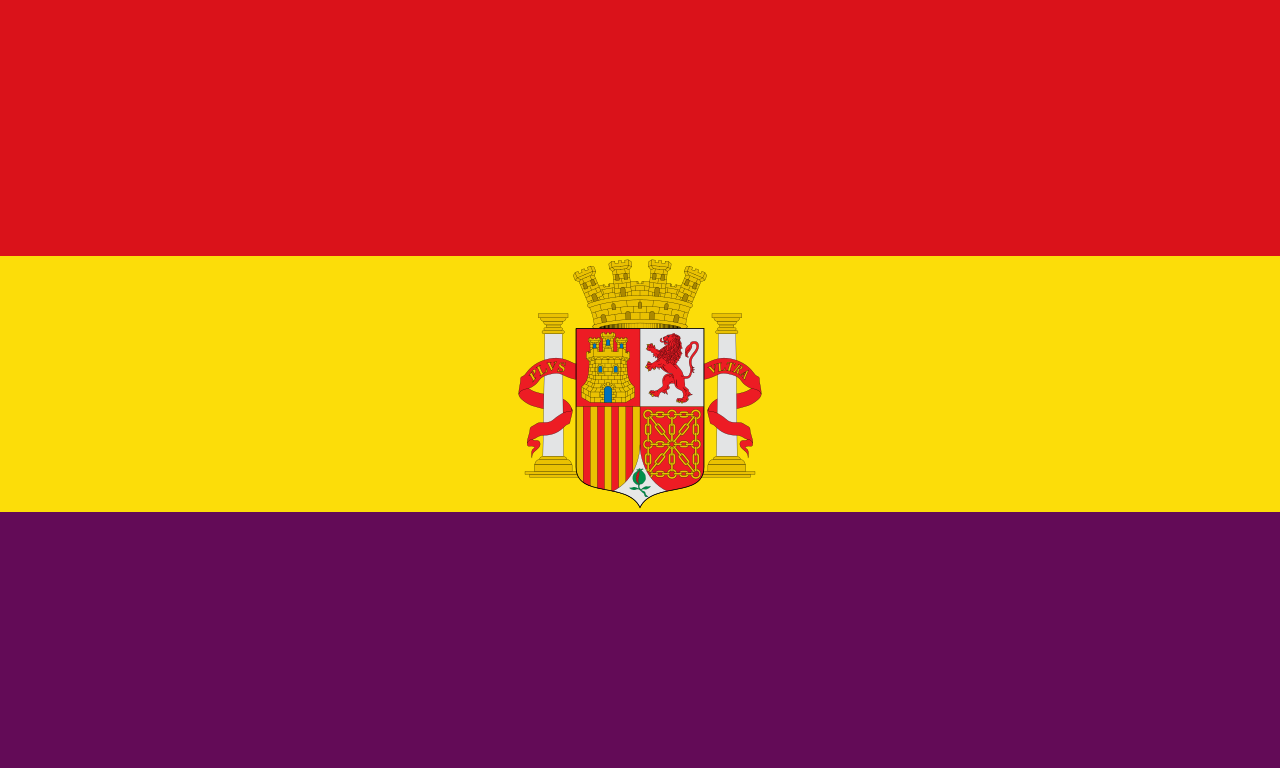
10. Olympic Summer Games
Olympic Medals in the games of 1932 in Los Angeles
347 Medals in 17 Sports in 117 Events
With the exception of the first Olympic Games in 1896 and the interludes in Athens in 1906, all summer games were always spread over months, the largest period being almost 6 months. The Los Angeles Games were scheduled to run for two weeks, which became the standard for all games to date. The first Summer Olympics in the United States took place in St. Louis in 1904 as an annoying minor matter to the World's Fair. They were more reminiscent of American sports competitions. Bad organization, unfair referees, hardly any spectators were the most negative circumstances at the time.
Everything was supposed to get better in 1932, but the general conditions were unfavorable. The global economic crisis still had the globe under control, which meant that due to the high travel costs, only 1,332 athletes from 37 nations took the route to the games. Apart from that, ship and train were the cheapest means of travel back then, which of course meant a two to three week journey. The Japanese team traveled relatively comfortably in an 80-hour Zeppelin ride from Tokyo.
Although the residents were more involved in bullfighting and open-air theater than in sports, they built the Memorial Coliseum in 1923. It was to become the Olympic stadium for the 1932 and 1984 games. It has space for over 90,000 spectators and is still used for the American Football League today.
The opening ceremony took place on July 30th, the closing ceremony on August 12th. The quality of the sports facilities was supported by the fact that a total of 18 world records and many Olympic records were set. In athletics, there were 21 records in 24 competitions and 10 best performances in 11 swimming competitions.
For the first time in history, there was an Olympic village consisting of 800 small wooden houses, which was built for $ 300,000 on a high plateau near the Pacific Ocean. For this property, $ 2 per head was paid daily. In return, each team received a cook who prepared national dishes, fresh linen, soap and towels. The few female athletes were accommodated in luxury hotels. State-of-the-art facilities were available for medical care. Each nation had an interpreter who was responsible for perfect communication and handling special requests.
Another innovation was an electrical time measurement with a start pistol, which triggered the stopwatch and finish photo. The times were measured in hundredths of a second. However, since the electric timekeeping was not yet trusted, the hand-stopped times were still used. In the 100m run, the two Americans Eddie Tolan and Ralph Metcalfe were the first to cross the finish line. The electrical time measurement determined 10.38 seconds for both, hand stopped 10.3 seconds each. A long study of the target photo had determined Tolan as the winner.
A novelty of the games was the three-tier podium that the Americans had used at the Lake Placid Winter Games a few months earlier. In addition, the athletes received their medals at the award ceremony immediately after the competitions and no longer had to wait for the closing ceremony as in previous games.

























